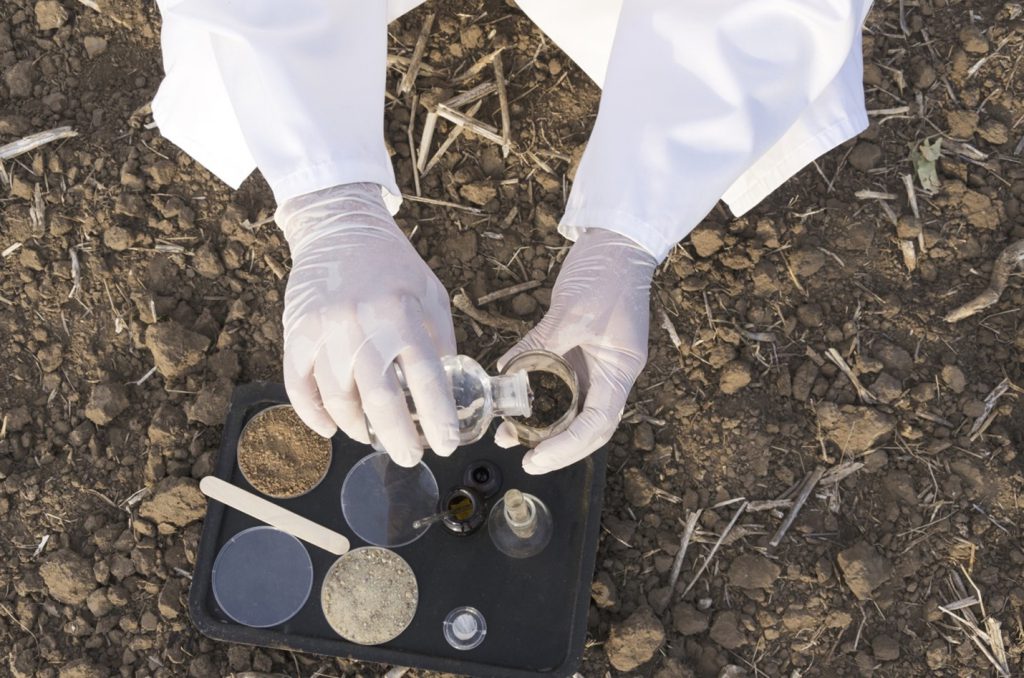A healthy and productive farm forms on healthy soil. It is recommended to practice soil analysis as often as possible to have healthy soil. Analyzing soils starts with collecting a representative sample from each section or field. In the labs, Professionals run some tests on the samples to measure the soil’s pH and nutrients to determine the current fertility and nutrient deficiency of the soil.

What to do with the results?
Soil analysis results indicate any requirements for planting a specific crop. To achieve a beneficial impact from the analysis, you need to develop an action plan. In this article, we will guide you through the “what to do?” decision.
Correct or improve the soil pH
Soil pH or soil reaction is an indication of the acidity or alkalinity of soil and is measured in pH units. Some plants like Camelia and Oak prefer acidic soil to grow well, but others like Sweet William and Spinach prefer alkaline soil. Depending on what product you are going to produce, change the pH of your soil. One of the most common practices to alkalize the soil is to apply something that contains a form of lime. However, if you want to raise acid levels in the soil you need to look for fertilizers that include ammonium nitrate or sulfur-coated urea. Using acidifying fertilizers can be tricky, so remember to always follow label instructions attentively.

Correcting NPK
Normally, soil test results include NPK recommendations. Through a plant’s lens, Nitrogen, Phosphorus, and Potassium are vitally important for health and growth. You might need to use several fertilizers to fix the nutrient deficiencies of the soil. Another source for NPK is biosolid. Since they contain fewer pathogens, they are a healthier choice.

Correct CEC as needed
As a grower, you need to understand what CEC is. Soil exchange capacity (CEC) is a number that shows the number of cations a soil can hold. The higher the CEC, the more cations can be held. Thus, It can have a critical impact on managing the soil’s fertility. If you need to increase the soil’s CEC, You can consider incorporating an organic manner such as compost or peat moss in it.

To Wrap Up
The goal of analyzing soil is to help farmers achieve optimum yields while protecting the environment.
Comparing soil tests over time is the best method of evaluating nutrient management decisions.
You can easily enter the result of soil analysis in your farm management system, Badoom. Over time, you can compare these results through insights that the Badoom app provides and make the proper decision for your farm.



